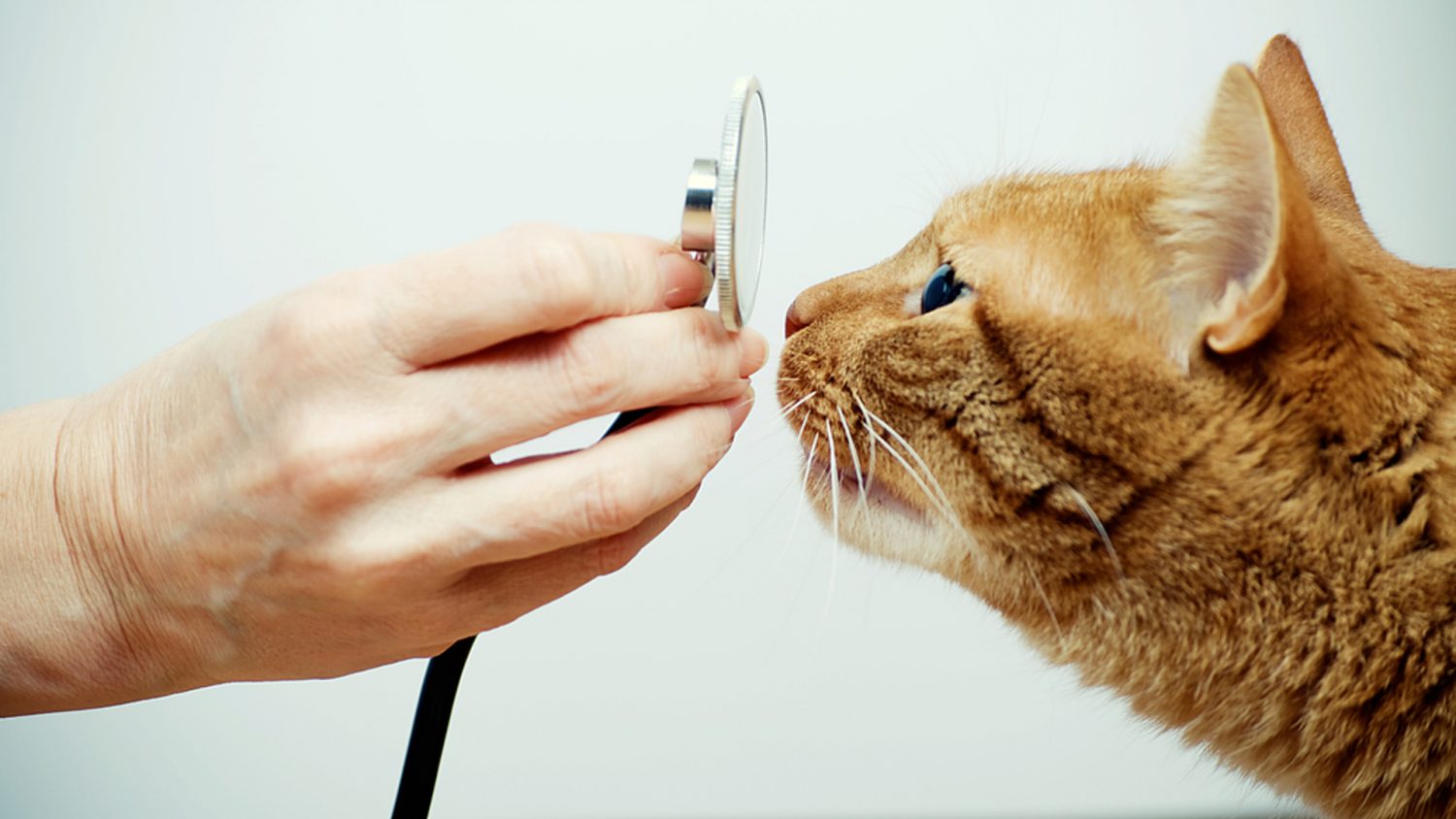Head tilt is a medical condition that may be indicative of a serious underlying disorder, usually of the vestibular system. If a cat is tilting its head frequently to either side of the body (away from its orientation with the trunk and limbs), this is an indication that the cat feels imbalanced. The cat may even struggle to retain a balanced posture and fall.
A common cause of head tilting in cats are disorders of the vestibular system, a sensory system located in the inner ear which provides information needed to hold the body in an upright position and move about confidently. In essence, the vestibular system “tells the body where it is in relation to earth — whether it is upright, up-side-down, moving, being still, etc.
Symptoms and Types
Causes
Although the underlying cause for vestibular disease is unknown, the following factors may contribute to the condition:
Diagnosis
Your veterinarian will perform a complete standard physical exam, including a blood chemical profile, a complete blood count, a urinalysis and an electrolyte panel. You will also need to give a thorough background history of your cat’s health leading up to the onset of symptoms. The results of the blood tests are usually normal, though changes may be present depending on whether there is an existing disease, such as an infection. Further tests will be required to diagnose underlying systemic diseases like thyroid problems, and infections.
Nutritional status will be evaluated, and you will need to recount your cat’s normal diet, along with supplements or additional foods you may have fed to your cat. Thiamine deficiency, for example, can be the result of feeding your cat food that does not have B1, the source for thiamine, in its ingredients. Thiamine deficiency can also result from over consumption of raw meats and fish.
To determine if an ear infection is present, your veterinarian will thoroughly examine your cat’s ear canal and will take a sample of the material present within the ear canal for further testing. Visual diagnostic tools, X-rays, computed tomography (CT), and magnetic resonance imaging (MRI) may be required to confirm a middle ear disease. Another important test used to diagnose this disease is a cerebrospinal fluid (CSF) analysis. (CSF is a clear, watery liquid that surrounds and protects the brain and spinal cord.) The results of a CSF analysis is useful in the diagnosis of inflammation and/or infection within brain. A bone biopsy may also be performed is an advanced test to confirm the involvement of the bone due to tumor or infection.







